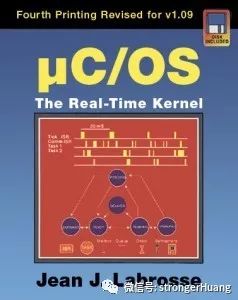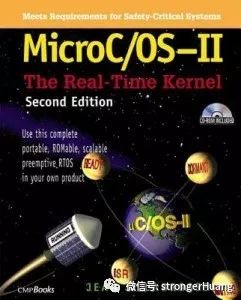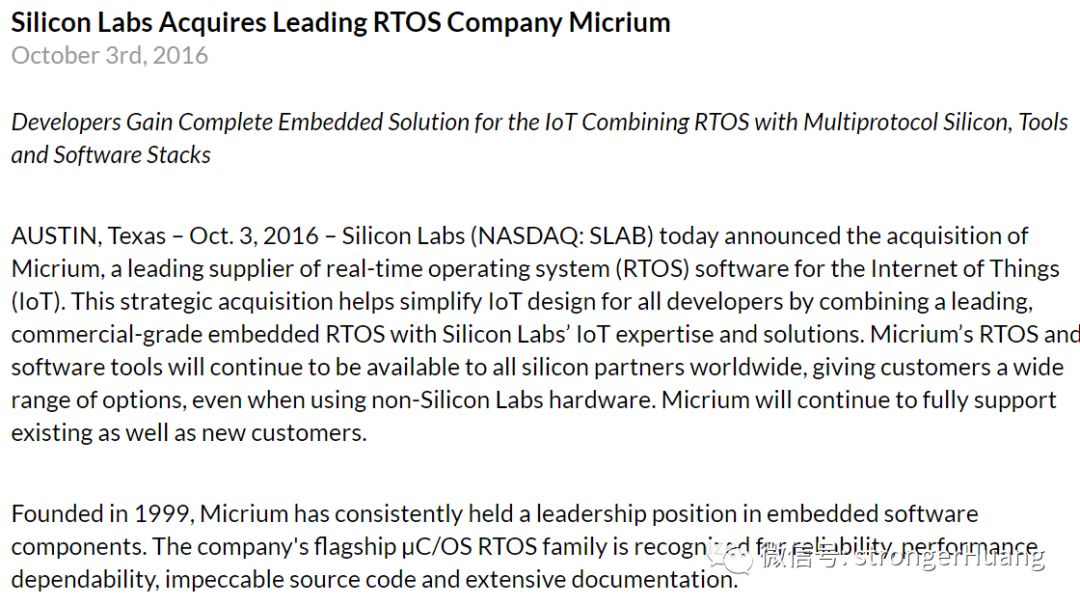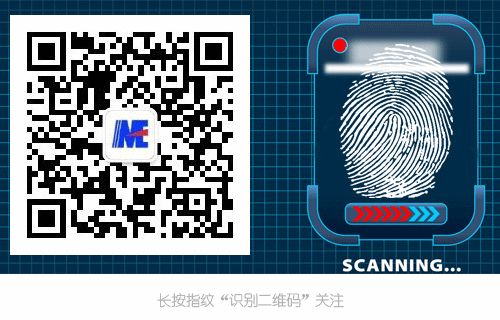
Speaking of μC/OS, most people are probably familiar with it; it is a real-time operating system (RTOS) developed by Micrium.
The story of μC/OS began in 1989 when its founder Jean J. Labrosse participated in a Dynalco control project and started designing a new ignition control system based on microprocessors for large industrial reciprocating engines.
Initially, J. Labrosse planned to achieve this by purchasing a real-time operating system. However, the purchased operating system had some issues, and it took a long time for the vendor to fix them.

Jean J. Labrosse
After some struggles, J. Labrosse began to develop his own kernel. About a year later, the μC/OS operating system was born.
2. Publication of μC/OS, The Real-Time Kernel
Eager to describe the new software to others, J. Labrosse wrote an in-depth paper explaining the internal workings of μC/OS.
The paper was published in a condensed version in Embedded Systems Programming and received a strong response. Engineers were delighted to discover the internal workings of this high-quality kernel and eagerly downloaded the μC/OS source code.
Shortly after J. Labrosse’s article was published in Embedded Systems Programming and R&D Publications, the publisher of the “C User’s Journal” contacted him expressing interest in a complete book on μC/OS.
At the end of 1992, J. Labrosse released the first book titled μC/OS, The Real-Time Kernel.

For several years, J. Labrosse made only minor changes to μC/OS. However, when R&D asked him to write a second edition, he felt that substantial updates were necessary for both the operating system and the book, resulting in μC/OS-II.
μC/OS-II also offered many features missing from its predecessor, including stack checking, HOOK functions, and safe methods for dynamic memory allocation.

MicroC/OS-II: The Real-Time Kernel was released in 1998, and due to the book and easily accessible source code, students chose μC/OS-II.
4. Establishment of Micrium
In July 2000, when the avionics product combining μC/OS-II received DO-178B Level A certification, it provided authoritative proof of the operating system’s reliability.
Other certifications for μC/OS-II include FDA Pre-market Notification (510(k)), Pre-market Approval (PMA) for medical devices, and industrial control IEC-61508.
Ultimately, J. Labrosse decided to establish his own software company. Micrium was officially founded in September 1999.
Micrium comes from Micro (for microprocessor or microcontroller) and ium (representing Universe), thus Micrium means “Microprocessor Universe” from a software perspective.
μC/OS-III added and expanded some features based on μC/OS-II, and the μC/OS-III book was launched in 2008.
It uses ST’s MCU, specifically the STM32F107 based on Cortex-M3. The book aims to help readers not only understand the internal workings of the kernel but also experiment on popular MCUs.
6. Acquisition of Micrium
On October 3, 2016, Micrium announced that Silicon Labs acquired the leading RTOS company Micrium.
https://www.micrium.com/silicon-labs-acquires-leading-rtos-company-micrium

Since Micrium was acquired by Silicon Labs in 2016, μC/OS-III has evolved into the Micrium OS kernel, optimized for performance, size, and power consumption, and provided free to its customers. Silicon Labs is committed to enhancing, supporting, and licensing μC/OS-II, μC/OS-III, and other Micrium software for customers using MCUs from various manufacturers.
https://www.micrium.com/about/story
https://www.micrium.com/silicon-labs-acquires-leading-rtos-company-micrium

1.Meeting Linux, STM32 has upgraded from MCU to MPU!
2.The Quantum Supremacy Competition
3.Understanding Embedded Security Through a Forum
4.This is How Your C Code Calls Hardware!
5.Who is Really Driving the Sensor Market?
6.The October 2019 Issue of “Microcontrollers and Embedded Systems Applications” is Hot Off the Press!

Disclaimer: This article is a network reprint, and the copyright belongs to the original author. If there are any copyright issues, please contact us, and we will confirm copyright and pay remuneration or delete the content based on the copyright certificate you provide.






